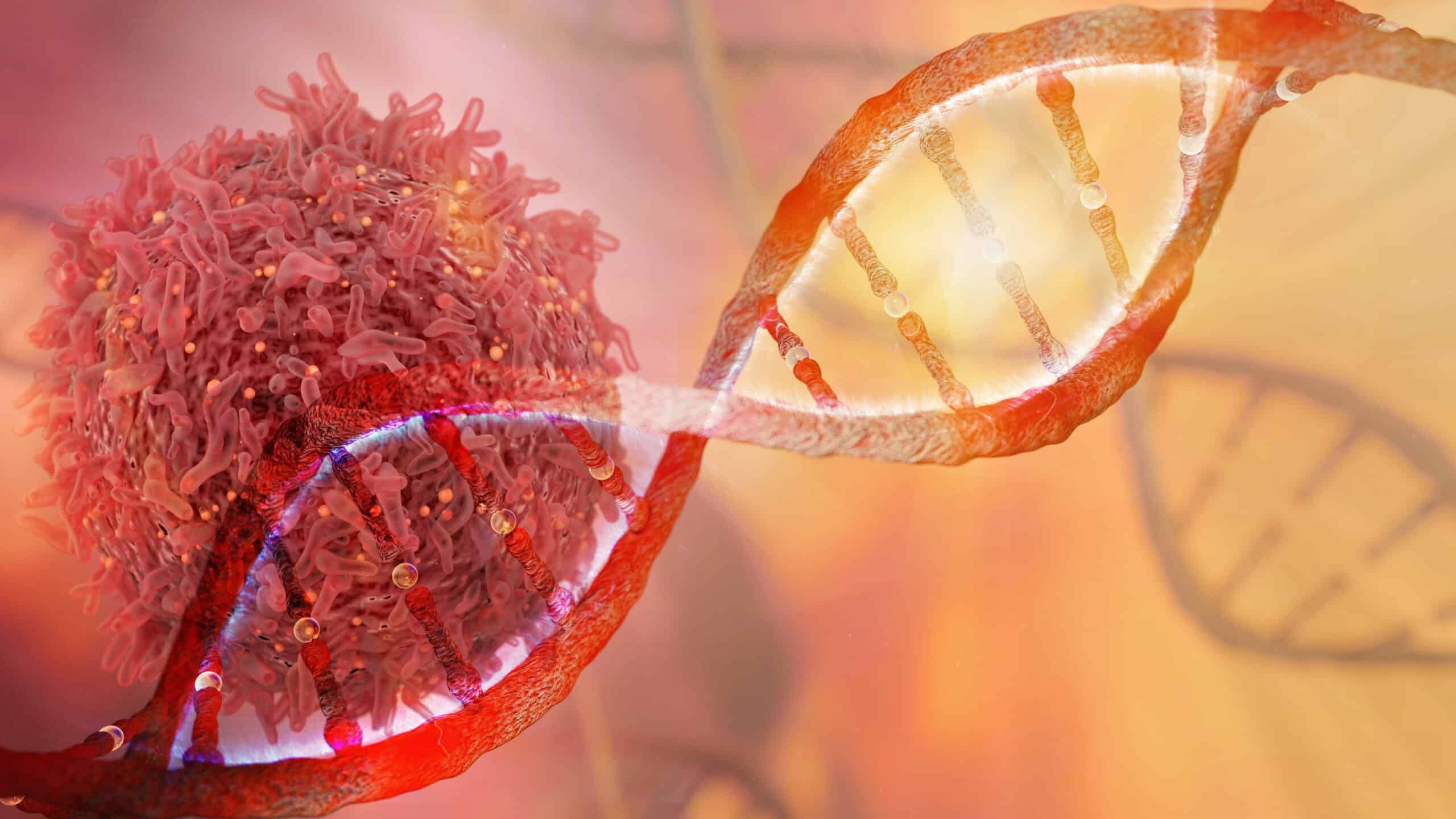Thus far hotspots identified by the researchers are specific to E.coli and related bacteria, but according to the researchers findings could help to identify similar sections of DNA where risks of mutation are increased.
As result of these mutations cancer risk arising are highest in tissues that have a high rate of cellular renewal, and greater opportunity for errors to arise as DNA is replicated. Knowing what sections of DNA have higher risk for mutation may enable focus of analysis to hotspots to predict what happens next explains Professor Patricia Foster.
Results showed likelihood of mutations occurring to be up to 18 times greater in sequences of DNA where the same chemical base was repeated multiple times in a row; and errors were found to be up to 12 times more likely to arise when sequences has a specific pattern of 3 bases.
Importance of 2 DNA replication systems were highlighted by this work: a proof-reader system and a mismatch repair pathway; proof-reader corrects the replication once an error is detected and mismatch repair backs the proof-reader up. 200 times more mistakes were found by switching off the mismatch repair, and switching off the proof reader was found to led to 4,000 times more mistakes. Switching off backup systems results in seeing pure errors, places where polymerase is more likely to make a mistake without intervention from other processes, I didn’t think anyone could see the seriousness of these error hotspots in DNA until now, explains Foster.




